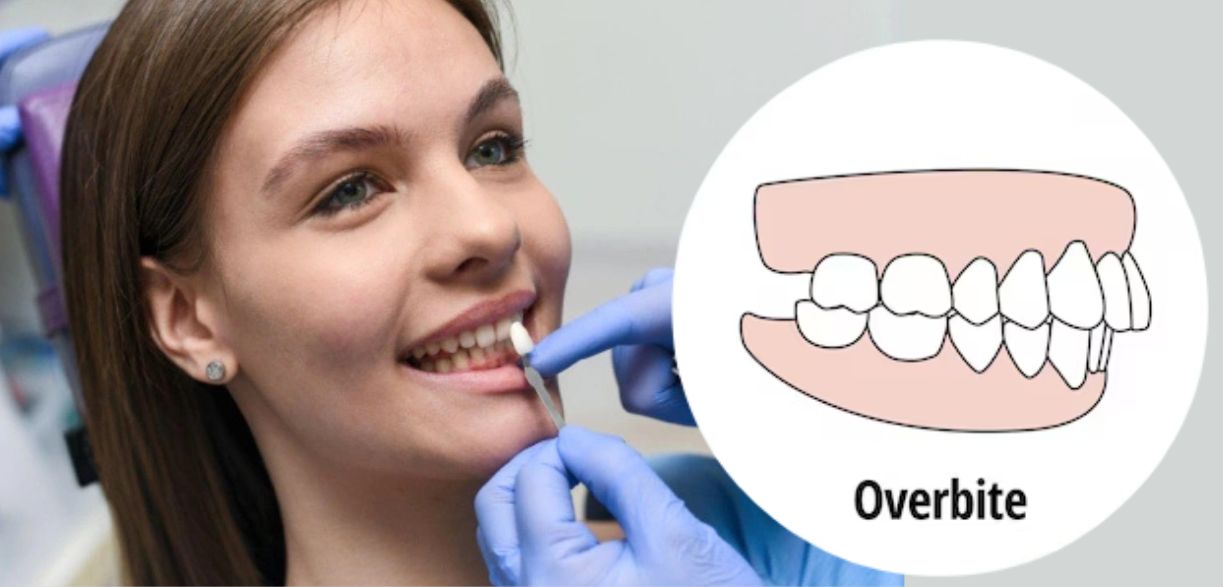We Welcome New Patients!
Dental implants are one of the most sophisticated methods of dental restoration, providing not only visual improvements but also enhanced comfort, jawbone support, and improved chewing ability compared to other types of restoration. In this article, we address the question: What is the procedure for getting a dental implant?
What Is the Procedure for Getting a Dental Implant?
There are several steps in the dental implant procedure:
Preparation for the Procedure
If you decide to get a dental implant, the first step is a consultation with an oral surgeon. This specialist will assess the condition of your oral health and consider your overall health to determine if you are a suitable candidate for the procedure. Several factors are considered before the decision is made:
- The jaw bone has enough density to support the implant (jawbone density loss can occur due to gum disease or the process called bone resorption in cases when you have been missing your natural teeth for a long time)
- There is no active gum infection (gum disease)—it will have to be treated and the gum tissue restored before implant placement.
- There are no general health conditions that can hinder post-surgery healing and regeneration (for example, immunity deficiency, some types of cancer, uncontrolled diabetes)
Exams conducted before the implant surgery include:
- Dental imaging (panoramic X-ray, Cone Beam CT (CBCT) scan, periapical X-rays) to view the anatomy of your jaw, teeth, sinuses, and nerves, measure bone height, width, and density, and determine implant placement angles.
- Bite analysis to check how your upper and lower teeth fit together and plan implant positioning so the bite remains comfortable and functional.
- Study models or digital scans to create a 3D model of your teeth and bite, allowing for the design of an implant restoration with the exact size and shape.
- Blood tests and a review of general health history.
In cases when there is not enough jawbone density to support the implant, your doctor can offer the procedure called bone grafting. It is a surgical procedure during which grafts are placed in the strategically chosen areas of the jawbone to prompt its regeneration. Grafts can be made of biocompatible artificial materials or derived from natural sources (for example, cadavers).
>Similarly, grafts can be used to stimulate gum regeneration (gum grafting) in cases where the gum is weakened by gum disease.
Implant Placement
Once all the preparations are completed and your doctor has prepared your implants, the surgery itself is scheduled. Dental implant surgery is typically performed under local anesthesia. This numbs the surgical area and prevents the patient from experiencing pain or discomfort during the procedure. In some cases, sedation can be used in addition to the local anesthetic.
At the beginning of the surgery, your doctor will make a small incision in the gum. This exposes the underlying jawbone where the implant will be placed. Then, using a dental drill, the surgeon creates a precisely measured hole in the jawbone, The hole size matches the planned implant dimensions, ensuring its stability.
Then, the titanium implant post is screwed or tapped into the prepared hole. This post will fuse with the jawbone over time and will act like the roots of a natural tooth. Once the post is securely placed within the bone, a healing cap (abutment) or a cover screw is placed on top of the implant. This protects it during the healing period. The gum tissue is repositioned and stitched around the healing cap. In some cases, this is over the cover screw as the last step of the procedure.
In some cases, a dental crown can be placed on the same day; however, it is more often placed after the post has securely healed.
Get High-Quality Dental Implants at Dentistry Yorba Linda
Do not hesitate to make an appointment with an experienced dentist at Dentistry Yorba Linda today. We provide our patients with high-quality and reliable dental implants. We are looking forward to your visit.



